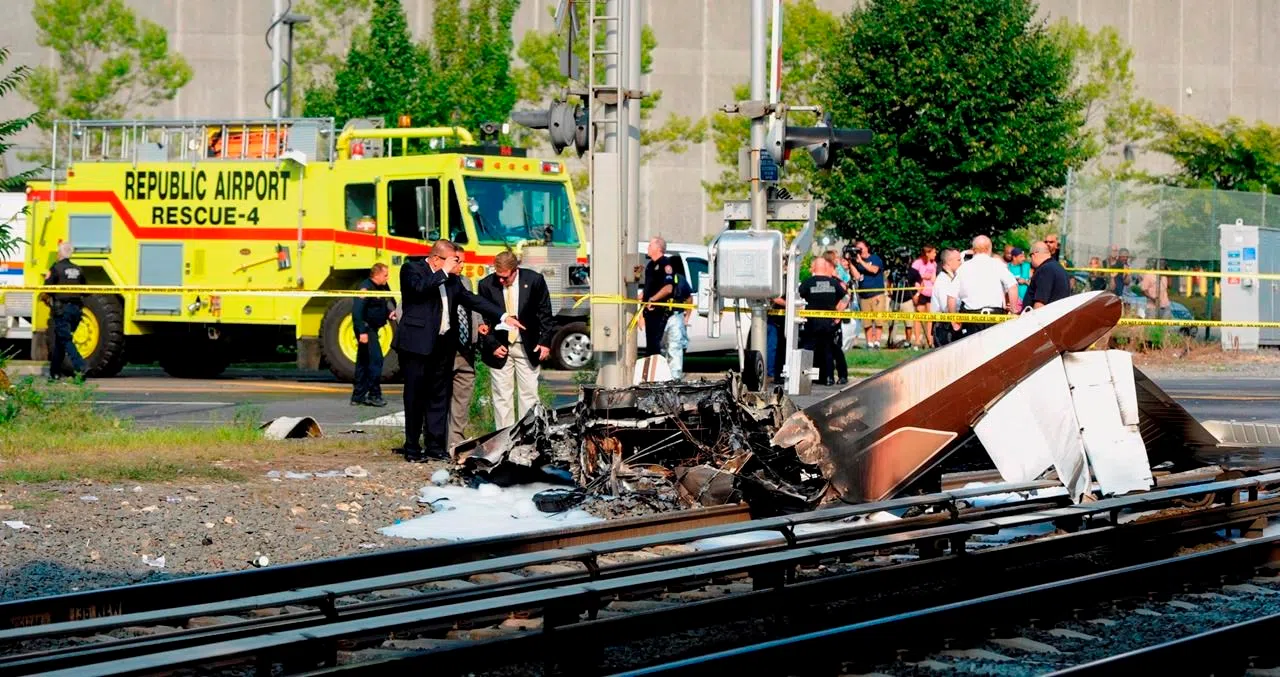
Crash that sent pilot to closed runway prompts FAA changes
MINEOLA, N.Y. — When pilot Joseph Milo reported engine trouble, an air traffic controller directed him to a nearby airfield.
But the airfield had actually closed 25 years earlier, and industrial buildings occupied its former runway. Milo crashed a quarter-mile away and died.
His death has prompted the Federal Aviation Administration to update its procedures to include weekly accuracy checks of its radar video maps.
The erroneous information was one of several factors cited by the National Transportation Safety Board in its investigation of the Aug. 16, 2015, crash. It also said Milo had several drugs in his system and was slow to react to the emergency.



